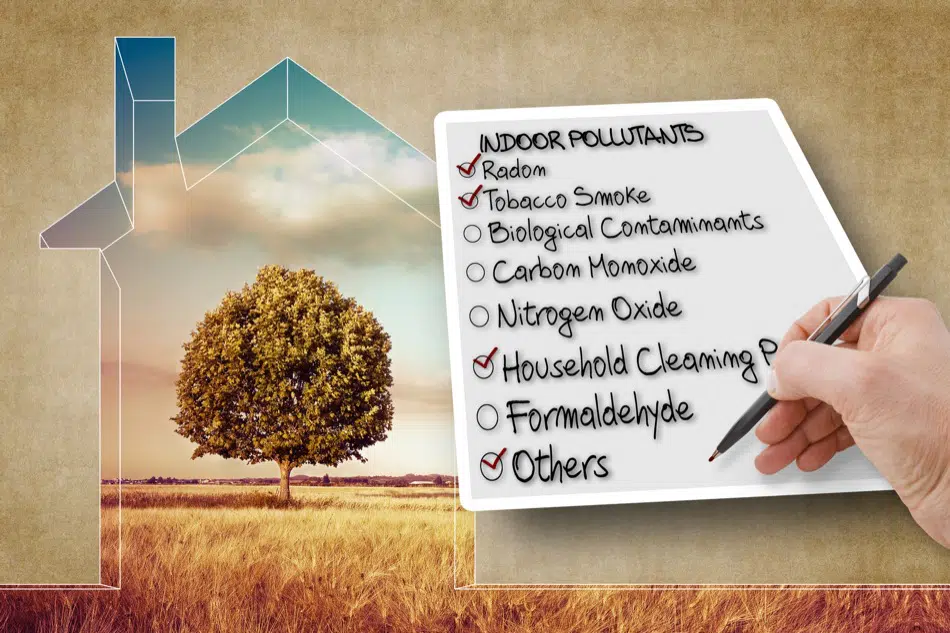
How to Maintain Your Home Air Quality
 Homeowners do not want to live in a home with high levels of air pollutants. While such an issue may not be easy to observe, poor air quality can result in symptoms like headaches, nausea and irritation of the mucous membranes. It may also be more difficult to sell a home with odors and air quality issues. Homeowners can take steps to maintain low levels of pollutants in their air and improve home air quality. Learn more about creating a home environment that supports a home’s air quality today.
Homeowners do not want to live in a home with high levels of air pollutants. While such an issue may not be easy to observe, poor air quality can result in symptoms like headaches, nausea and irritation of the mucous membranes. It may also be more difficult to sell a home with odors and air quality issues. Homeowners can take steps to maintain low levels of pollutants in their air and improve home air quality. Learn more about creating a home environment that supports a home’s air quality today.
Plants Can Help You Breathe Easier
Homeowners may be unaware of the variety of indoor plants that can serve to clean the air. Plants that perform photosynthesis are a source of fresh oxygen. Certain types of plants are also known to absorb particulates which may trigger flare-ups in individuals with asthma or allergies. Houseplants worth looking into include:
- Spider plants;
- Garden mums;
- Boston ferns;
- Peace lilies;
- And Aloe Vera.
Some plants require certain conditions in order to thrive indoors. The specific needs of a type of plant and the environment where an indoor plant will be placed should be considered when making a purchase.
Furniture May Be Affecting Air Quality
When individuals spend significant time indoors, it is worth noting that innocent items like furniture and upholstery can emit toxic compounds. In addition, materials can easily harbor mold spores and pet dander. Such issues can exacerbate symptoms for those with allergies. Homes with inadequate ventilation can lead to increased levels of particulates. There are a variety of compounds used in manufacturing certain furniture and fabrics that may be breathed in by occupants, such as Volatile Organic Compounds (VOCs) and Perflourinated Compounds (PFCs). Such chemicals and gases have been negatively associated to health issues in humans but are still found in some furniture and fabrics common in homes.
Improve Your Indoor Environment
Indoor allergens and irritants are troublesome but there are numerous methods to combat the issue. Additional ways to improve air quality include:
- Regularly using a vacuum with a HEPA filter and mopping.
- Having occupants and visitors remove their shoes to reduce the potential for tracking in lead dust, chemicals and pesticides from outdoors.
- Changing out filters in HVAC systems and regularly scheduling maintenance to help with the removal of air particles, dust, dander and more.
- Using a well-maintained air conditioner to decrease indoor pollen count.
- Reducing moisture levels and controlling allergens with a dehumidifier.
From indoor plants to the type of vacuum used, there are a variety of ways in which any Maple Grove MN homeowner can start improving their home’s air quality.



